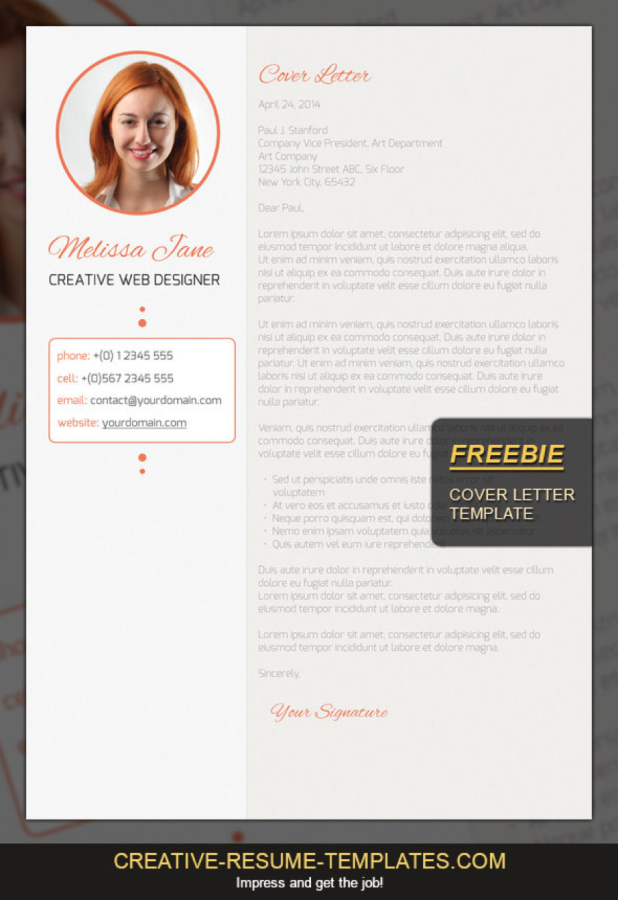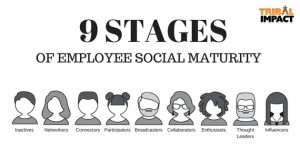Ok, let’s address this question because people still seem divided on it: should you include a photo on your resume?
Despite how many experts will tell you not to include your picture of a resume, there are heaps of articles and resume templates sites that will show you examples of resumes with pictures of the applicant on them. So which way are you supposed to go?
One of the core arguments against including a photo in your resume is that it will open grounds for discrimination based on appearance. The major flaw with this argument, though, is that in an age where an employer an easily search a job candidate and skim their social media profiles (and many of them do), does it really make all that much of a difference?
Granted, certain jobs require you to have more of a public presence than others. But the fact is that people these days are used to seeing what someone looks like before they even meet them. Here are five things to consider when deciding if you should show your face on your resume.
1. People are focused on creating a personal brand.
Part of creating and maintaining a personal brand is having a face that is recognizable. Odds are that you can conjure into your mind the faces of a couple of the biggest influencers in your industry almost instantly. Their pictures are all over their social media pages, their author bios, and in articles written by themselves and others. It’s easier for a lot of people to remember faces than names.
Think about it: who are you more likely to trust? Someone you recognize immediately, or someone you don’t? Even if their credentials are the same, you’ll probably go with the person who has made more of an impression on you.
What’s more, if the time comes that you want to change careers, being recognizable may help you break into a new market or field. Now, perhaps more than ever, your past positions follow you into your new position.
2. Not having a photo on LinkedIn is seen as unprofessional, so why would it be different on a resume?
Personally, if someone sends me a friend request on LinkedIn and they don’t have a profile picture, I’m more likely to reject them. Not putting a picture on your LinkedIn makes your profile seem incomplete, maybe even a little sketchy. Granted, a resume isn’t a social media page, but the point is that the two aren’t diametrically opposed. Putting a picture of your face and your social media handles at the top of your resume (or directly at the bottom) communicates that you actively participate in conversations within your industry, and that you want people to recognize you.
3. Creative and visual resumes are a trend.
A lot of resumes are foregoing the traditional format entirely in lieu of something more outside-of-the-box. An infographic resume, a resume presentation, and an online work portfolio are common alternatives to the traditional resume that job seekers offer. In fact, I’ve been told by some employers that they don’t even consider someone’s application unless they have a personal site or online portfolio. We live in an age where entrepreneurship and creativity are sought after in job candidates, so employers are looking for team members who will go that extra step to stand out.
Even if you don’t want to go so far as making a presentation of your experience and qualifications, there are still ways you can spruce up your resume to make it more visual. Play around with different layouts, shapes, and colors. Even adding a simple color accent to an article can grab the attention of readers, if only because it offers a change of pace from the many other, generic resumes they look over.

4. Traditional professionalism is losing popularity anyway.
More and more, millennials are looking for workplaces that offer more casual company cultures. While rigid dress codes and work hours used to be normal, now more and more companies are offering flex time, options to work from home, and a more casual workplace atmosphere.
Because so many companies are putting focus on innovative strategies, they will be looking for job candidates that take unusual approaches. In particular, companies hiring marketing, PR or communications positions will be looking for people who are able to demonstrate how well they can communicate their experience and qualifications.
5. Opinions vary from company to company.
You should be doing this anyway before applying to a job. But if you’re unsure of whether or not you should include a photo on your resume, try to get a feel for the company you’re applying to. Look at the Instagram and Facebook pages to see what kind of company culture they portray. This will also help you decide what kind of photo you want to include–a professional headshot? A picture of you at an industry event? A picture of you performing one of your hobbies?
It can be a tough call to make. You don’t want to blow your chance at a job because the resume didn’t mesh with the company’s expectations. If you’re not sure about risking it on your resume, you could consider keeping the resume traditional but attaching a more creative cover letter. Cover are more anecdotal and in-depth than resumes in the first place, so a picture may be more fitting there.

When in doubt, have two versions of your resume prepared: one standard resume and one more creative resume. Use your discretion when choosing which resume to send to what companies. It’s a transitional time.
Business & Finance Articles on Business 2 Community(109)









